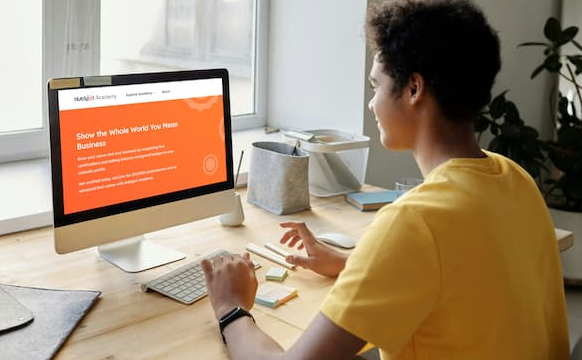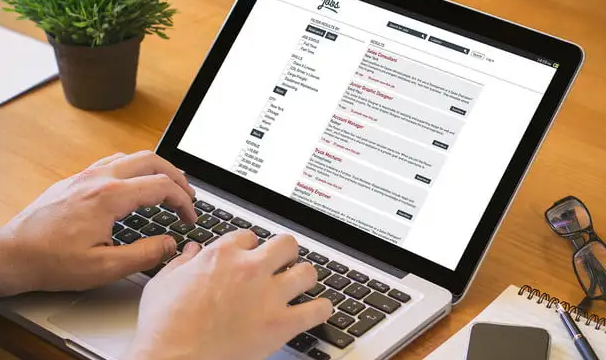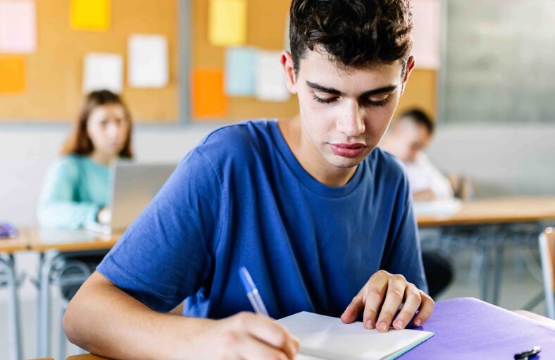YouTube has become much more than just a platform for entertainment—it is now a powerful educational tool used by students, teachers, and lifelong learners around the world.
When used thoughtfully, YouTube can support learning, spark curiosity, and make complex topics easier to understand.
Here’s how you can use YouTube effectively for educational purposes.
Find Reliable Educational Channels
Start by subscribing to reputable educational channels. Look for creators who are experts in their fields or organizations known for producing quality content. Channels like CrashCourse, TED-Ed, and National Geographic offer professionally produced videos that cover a wide range of subjects in an engaging way.
Use Playlists to Organize Learning
YouTube allows users to create playlists. Take advantage of this feature by grouping videos on similar topics together. This can help you stay organized, follow a structured learning path, and review materials easily whenever needed.
Supplement Classroom Learning
Students can use YouTube to reinforce what they are learning in school. Watching different explanations or demonstrations of a topic can help deepen understanding. Educators can also integrate selected videos into lessons to bring dynamic visual content into the classroom.
Learn New Skills at Your Own Pace
YouTube offers countless tutorials on skills ranging from cooking and art to coding and science experiments. Since videos are available on-demand, learners can pause, rewind, and rewatch as needed, making it a flexible tool for mastering new abilities.
Engage with Educational Communities
Many YouTube channels foster active learning communities. Comment sections often host discussions where learners can ask questions and share insights. Engaging in these conversations can provide additional perspectives and encourage deeper exploration of topics.
Use YouTube Kids for Younger Learners
For parents and teachers working with young children, YouTube Kids offers a safer, more controlled environment. It features educational videos specifically designed for younger audiences, allowing children to learn in an age-appropriate and safe setting.
Practice Media Literacy
While YouTube is a valuable resource, it’s important to practice critical thinking. Not all videos are accurate or reliable. Encourage verifying information through trusted sources and teaching learners to identify credible content creators.
Set Time Limits and Goals
To ensure YouTube remains an educational tool rather than a distraction, it’s helpful to set time limits and learning goals. Having a clear purpose for each session can keep learning focused and productive.
Conclusion
With thoughtful use, YouTube can be a powerful companion on the journey of learning. By choosing reputable channels, organizing content, and engaging critically, learners of all ages can make the most out of the platform’s educational potential.






